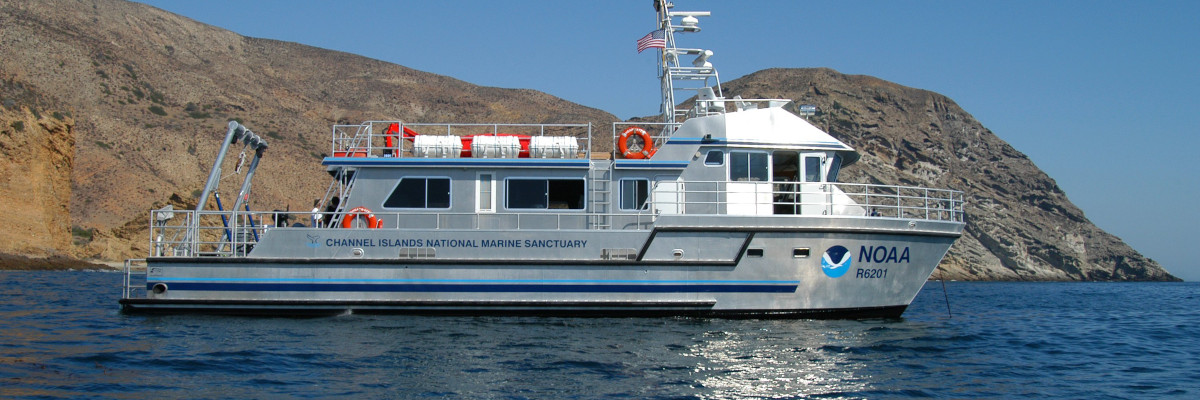Continental margin systems are important contributors to global nutrient and carbon budgets. Effort is needed to quantify this contribution and how it will be modified under changing patterns of climate and land use. Coupled models will be used to provide projections of future states of continental margin systems. Thus, it is appropriate to consider the limitations that impede the development of realistic models. Here, we provide an overview of the current state of modeling carbon cycling on continental margins as well as the processes and issues that provide the next challenges to such models. Our overview is done within the context of a coupled circulation-biogeochemical model developed for the northeastern North American continental shelf region. Particular choices of forcing and initial fields and process parameterizations are used to illustrate the consequences for simulated distributions, as revealed by comparisons to observations using quantitative statistical metrics.
Modeling the Dynamics of Continental Shelf Carbon
Publication date
January 01, 2011
Abstract
Journal
Annual Review of Marine Science
DOI
https://doi.org/10.1146/annurev-marine-120709-142740
Region
Northeast
